- Category
- Life in Ukraine
The Unseen Victims of Russia’s War
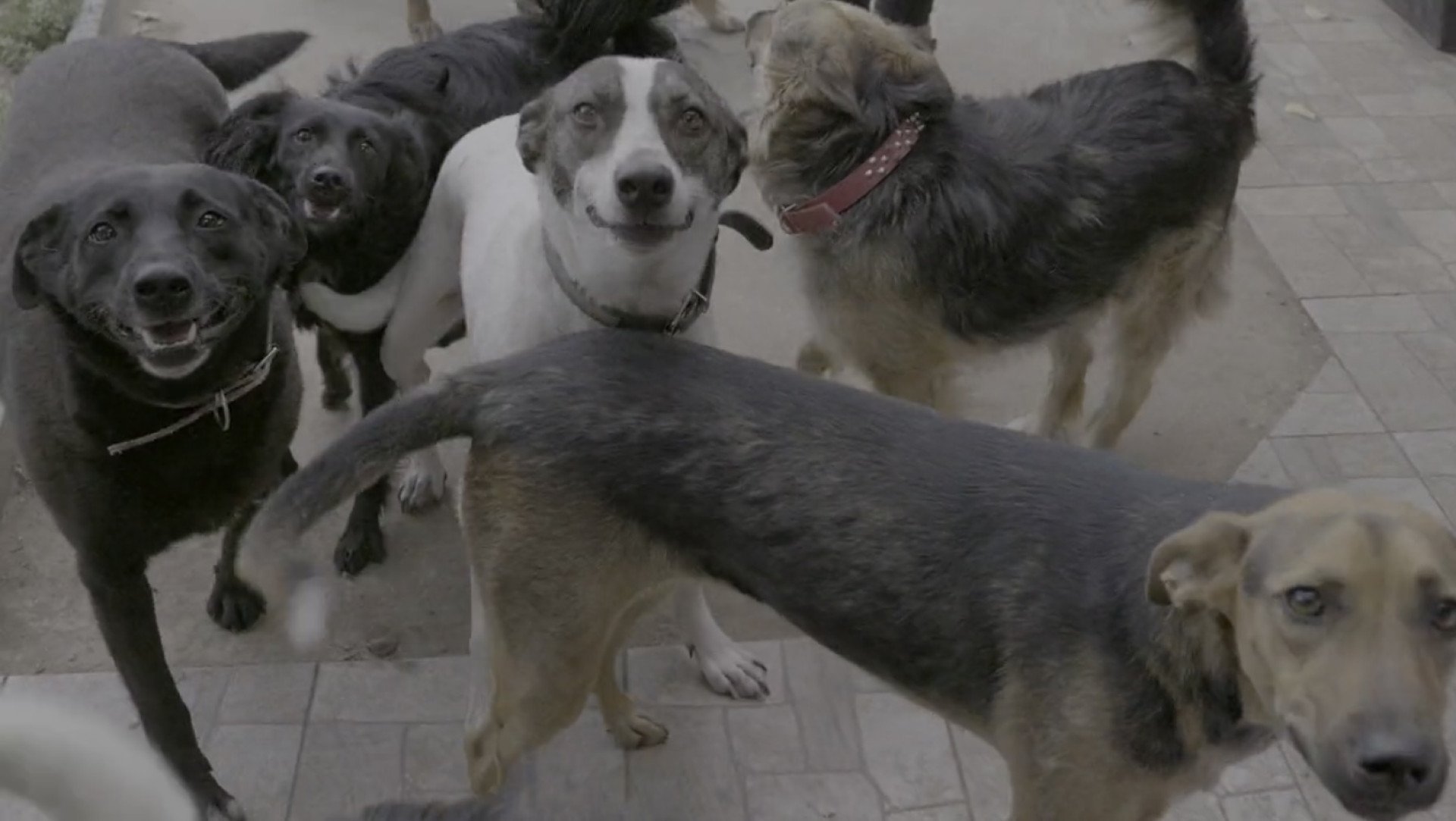
The war in Ukraine has devastated not just its people, but also its animals. With animal shelters at capacity, ordinary citizens are helping to share the load.
Halfway between Mykolayiv and Kherson, Olga Volkova, a spirited 50-something Ukrainian woman, lives with her 66 dogs, 20 some-odd cats, and one raccoon. Along the walled fence surrounding her house, streaks of plaster can be seen covering holes where shrapnel has torn through it. To the left, six small mounds sit under oak trees. They are the graves of dogs and cats that were killed as a result of Russian attacks.
In the early days of the full-scale invasion, Russian forces surrounded the outskirts of Mykolaiv city. Their advance brought with it a wave of death and terror, the remnants of which can still be seen in villages like Possad-Pokrovsk which dot the highway linking the city to Kherson.
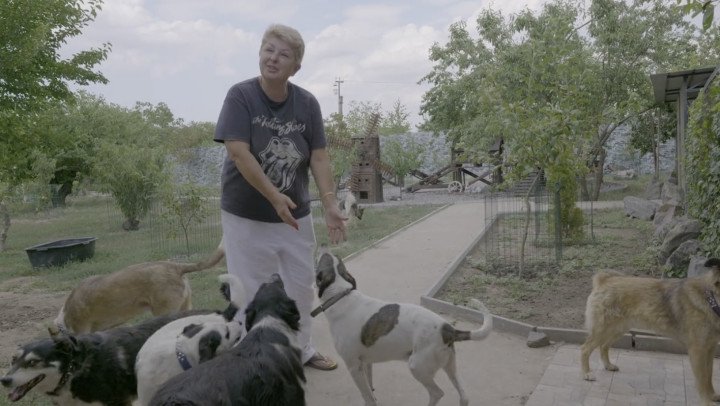
While the war’s toll on these small villages is apparent, what is less apparent is how it has affected animals. In 2022, some 10,000 pets traveled across the Polish border from Ukraine with their owners. Many others, unfortunately, were left behind.
Hearts are full, but shelters are fuller
Ukraine is a country that loves its animals and since the full scale invasion, Ukrainian animal rescue groups are doing their best to accommodate the sudden uptick in strays. Tales of rescue groups making heroic journeys into frontline regions such as Bahkmut exemplify the degree to which Ukrainians care for their furry friends.
But the problem is not lack of heart. It’s the lack of space. “It is difficult to comfortably accommodate all of [the animals] because all the shelters in the Kyiv region and neighboring regions are overcrowded,” Mykhailo Storozhuk, a volunteer animal rescuer, told Global Voices.org.
As organized shelters reach capacity, individuals like Olga help share the load by helping animals in their own communities. “I prefer animals to humans,” says Olga, who has become known as ‘dog lady’ in her village. To say there are more animals than humans at Olga’s is an understatement. Olga, with the help of a few friendly assistants, cares for almost 100 animals.
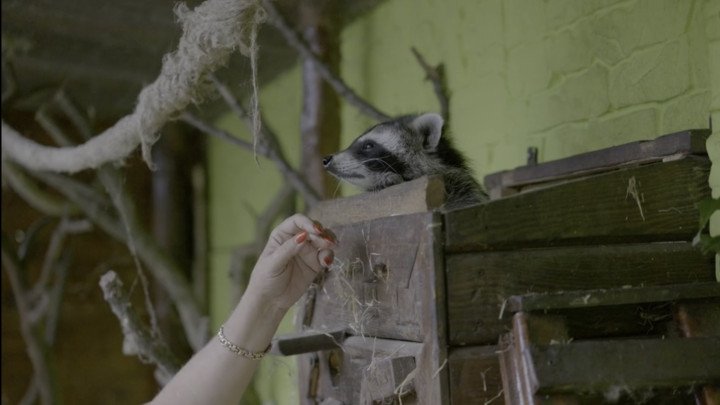
As I sit with Olga, she flips through horrific photos, one after the other, of dogs and cats bloodied and maimed. “This dog was burned alive from shelling,” she says, pointing to a photo of Milka, a doe-eyed puppy. “This cat also,” she says.
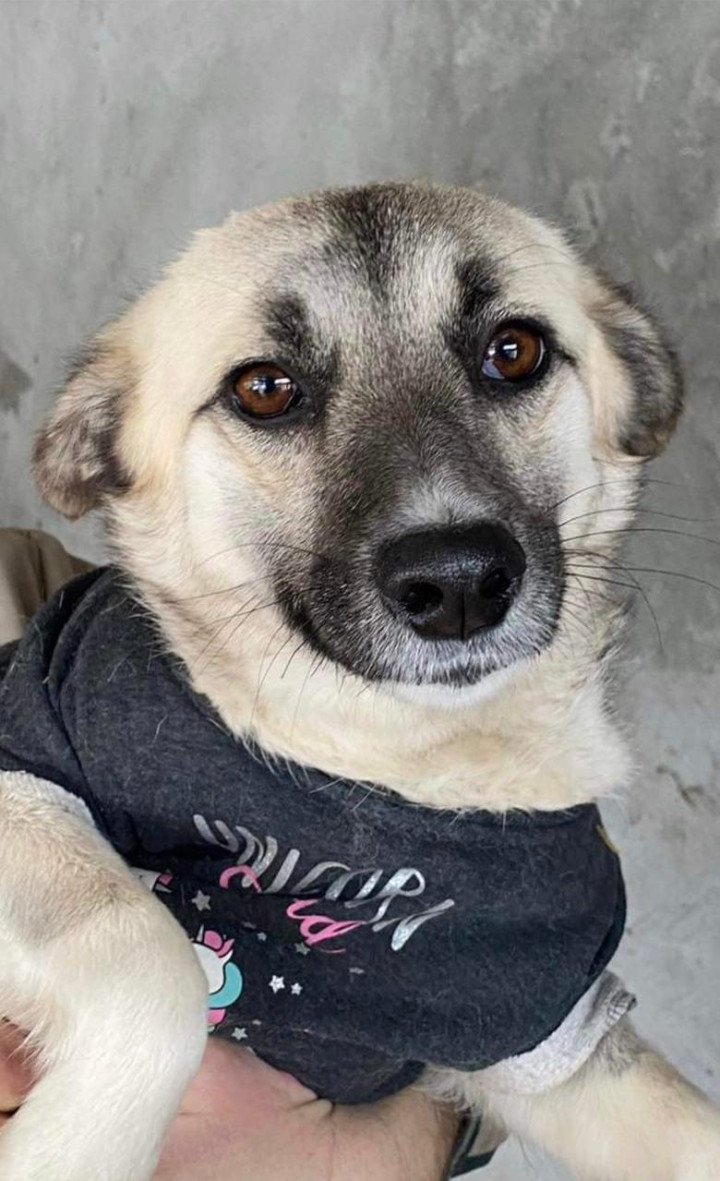
Suddenly, she pauses on one photo in particular—a brown ball of fluff, more bear than canine. “This is my favorite dog, Alikhan,” she says, holding back tears. I don't have his posthumous photo because he was torn to pieces by a shell.”
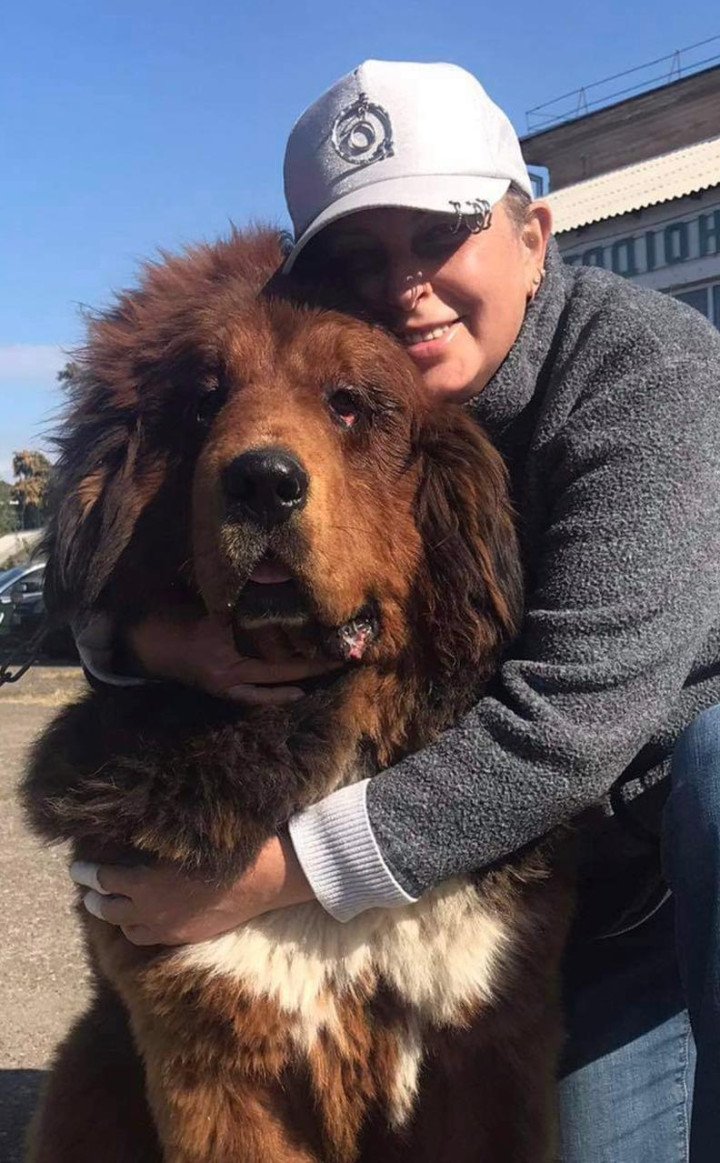
For an animal lover, the photos and videos are almost impossible to witness. While some pets survive their injuries, most are forever traumatized by the incidencies. Olga shows me another video depicting a small brown dog injured by explosions, the fur is missing from the top of his head, replaced by an open wound oozing puss and blood. His eyes are swollen shut.
Even away from the crossfire, animals are exposed to the sounds of distant explosions and air raid sirens. Olga plays me a video of what she says is an almost nightly occurrence. The screen is black, but the sound of rattling machine guns fills the night sky. It is the sound of Ukrainian anti-drone units surveilling the skies and shooting down incoming shahed drones destined for its civilian population centers.
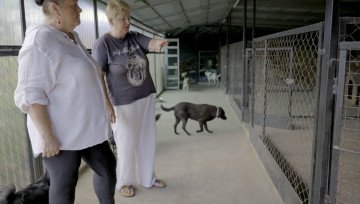
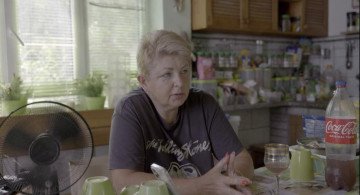
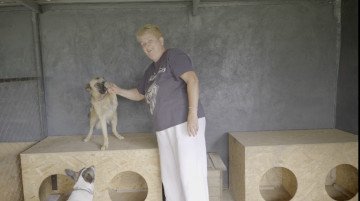
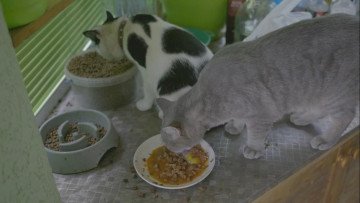
The war in Ukraine has taken a heartbreaking toll not only on its people but also on its animals, many of whom have been injured, abandoned, or killed as a result of the conflict. Despite the overwhelming challenges, Ukrainians like Olga and countless animal rescue groups are stepping up, driven by their deep compassion and determination to care for the forgotten victims of war. Their efforts exemplify the resilience and selflessness needed to navigate this crisis, even as shelters overflow and once-donated pet food supplies dwindle. In the face of immense tragedy, the dedication of these individuals offers a glimmer of hope for Ukraine’s animals.
-fca37bf6b0e73483220d55f0816978cf.jpeg)
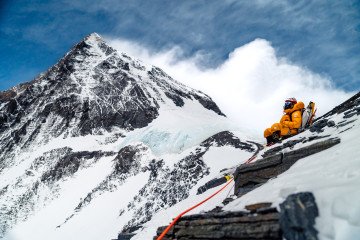

-b63fc610dd4af1b737643522d6baf184.jpg)

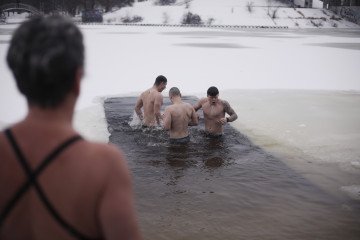
-554f0711f15a880af68b2550a739eee4.jpg)
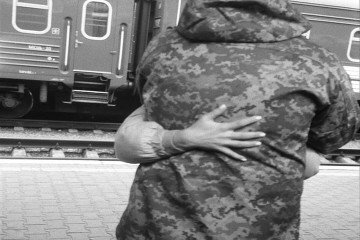
-ba02b3bc86f0b624f99115809a6a34d0.jpg)